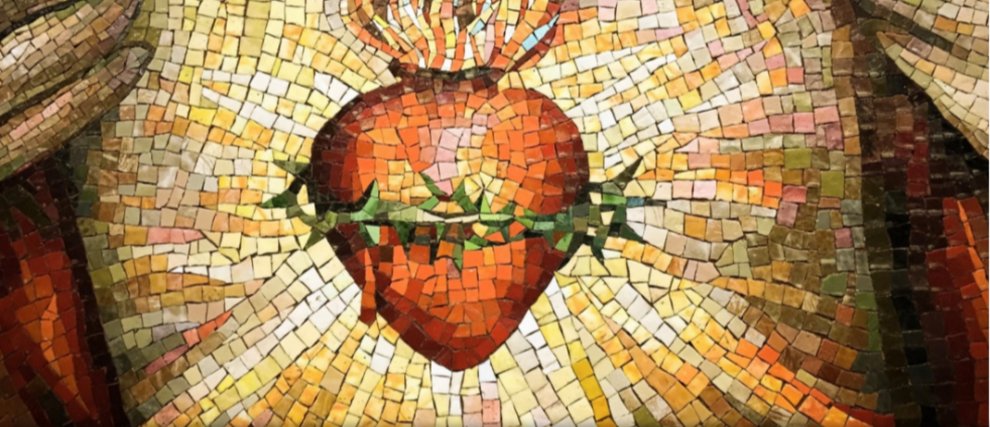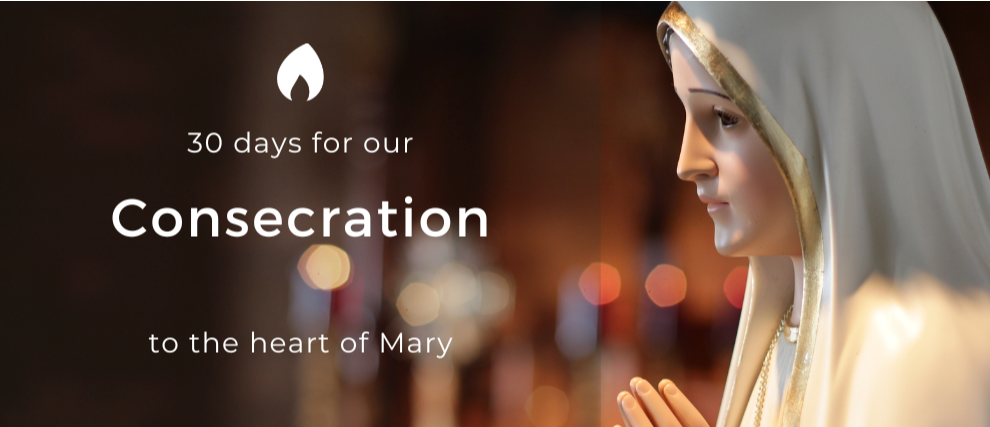Saint Anthony of Padua
Biography of Saint Anthony of Padua
Born in 1195 in Lisbon, Portugal, Fernando Martins de Bulhoes was the son of a knight serving the king. Raised in a devout family, Fernando received his education under the guidance of the canons of Lisbon Cathedral.
At the age of fifteen, Fernando entered the monastery of the Canons Regular of Saint Augustine of Saint Vincent. Two years later, he moved to the monastery of Holy Cross in Coimbra, the motherhouse of the Order. For eight years, he studied theology and biblical studies under the Canons Regular of the Order of Saint Augustine, and was ordained a priest at the age of 25.
In 1220, deeply moved by the triumphant welcome given to five Franciscan brothers who died as martyrs in Morocco, Fernando met the Franciscan brothers of the Hermitage of Olivais. He decided to join them and be sent to Morocco as a martyr. He left the Canons Regular, became a Franciscan, and adopted the name Anthony in memory of Saint Anthony the hermit, the father of the desert. He then departed for Marrakech.
Upon arrival in Morocco, Anthony fell ill and was unable to exercise his priestly ministry. Unable to regain his health, he returned to Portugal. However, violent winds pushed his ship to Sicily, where he was taken in by brothers in Messina. After two months of recovery, Anthony went to Assisi, Italy, where Saint Francis gathered all Franciscan brothers for the grand chapter of Pentecost. This unexpected event allowed Anthony to hear Saint Francis speak about his evangelical ideals, reaffirming his commitment to the Franciscan Order. He was then sent to the hermitage of Montepaolo to celebrate Mass for the brothers, where he devoted himself to prayer and community work.
One day, Anthony was invited to preach, revealing his gift for preaching due to his extensive knowledge and clear expression. He was asked to continue preaching, particularly to combat the Cathar heresy prevalent in the region. Brother Anthony traveled through Italy and southern France to reaffirm the morality of the Gospel and correct doctrine. In 1223, Saint Francis asked Anthony to teach theology to the Franciscan brothers. The first Franciscan theology schools were founded in France and Italy. After Saint Francis' death, Anthony returned to Italy, becoming the provincial superior of northern Italy. He settled in Padua in 1230, where he ministered through confession and defended the rights of the poor. Exhausted, he withdrew to Camposampiero for prayer and meditation. There, he received a visit from the Infant Jesus. Anthony died on June 13, 1231, at the age of 36, whispering, "I see my Lord."
Following his death, devotion to Saint Anthony grew rapidly among the people of Padua, and numerous healings and miracles occurred near his tomb. This prompted Pope Gregory IX to initiate the canonization process, which took place on May 30, 1232, just 11 months after his death, a unique occurrence in the history of sainthood. Saint Anthony of Padua was proclaimed a Doctor of the Church by Pope Pius XII in 1946. His feast day is June 13.
The Spiritual Influence of Saint Anthony
Saint Anthony's Sermons
Anthony's sermons for Sundays and feast days were likely written during his time in Padua. In reality, he compiled his frequently repeated preachings and teachings for his Franciscan brothers. The aim was to foster Christian life, with sermons addressing faith, sacraments, and good habits. These sermons constitute Saint Anthony's most significant literary and theological work. Written in medieval Latin, they exhibit a highly scholarly style, featuring numerous citations from the Holy Scriptures, Church Fathers, and Greek philosophers.
The Miracles of Saint Anthony of Padua
During his lifetime, Saint Anthony was known as a healer and miracle-worker, performing numerous miraculous acts. One famous example is when an unbeliever challenged the real presence of the Eucharist. Saint Anthony prayed, and the skeptic's mule knelt before the consecrated Host, leading the skeptic to convert. Another time, at Saint Anthony's request, a newborn spoke to identify its father to resolve an adultery accusation.
After his death, many people sought Saint Anthony's intercession through prayer. He is particularly invoked for children, as his intercession has produced numerous miracles for them. For instance, Saint Anthony resurrected a drowned child. Tradition dictates placing children under Saint Anthony's protection from birth. A specific prayer requests miracles from Saint Anthony.
Saint Anthony, Patron of Lovers
Saint Anthony of Padua is known as the patron saint of lovers, often prayed to for meeting one's soulmate or finding lost love. An effective prayer for finding love is available here.
Saint Anthony is involved in various aspects of our emotional and family lives. He is prayed to for fertility issues, pregnancies, marriages, and families in general.
Saint Anthony of Padua and Lost Items
Saint Anthony is widely known as the saint who helps find lost items. Prayers to Saint Anthony are also offered to locate lost people. A prayer to recover a lost item, when said with faith and trust, is considered highly effective.
The Basilica of Saint Anthony of Padua
The Pontifical Basilica of Saint Anthony, one of the world's most significant masterpieces, is known in Italy as Il Santo. Recognized by the Church as an "international sanctuary," this place of worship is among the most frequented in the Christian world. Construction began in 1232 and lasted until the end of the 13th century. The basilica bears a strong resemblance to Saint Mark's Basilica in Venice, and its blend of Romanesque and Gothic styles creates a unique architectural marvel.
Prayers to Saint Anthony of Padua
Some of the most effective prayers for obtaining Saint Anthony of Padua's intercession include the Litany of Saint Anthony of Padua, the prayer for grace, and the prayer of the Thirteen Tuesdays. The famous Chaplet of Saint Anthony is actually a series of thirteen prayers, a powerful way to obtain grace.
You can submit your prayer intentions to Saint Anthony of Padua here. They will be prayed for at the Basilica of Saint Anthony.

